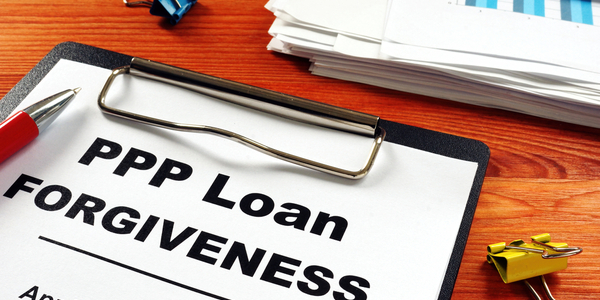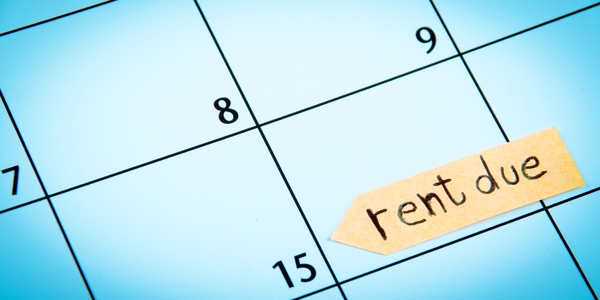
In an effort to provide immediate nation-wide economic relief amid the Coronavirus pandemic, congress passed a $2 trillion stimulus package on March 27. According to the U.S. Department of the Treasury, the Coronavirus, Aid, Relief, and Economic Security (CARES) Act delivers “fast and direct economic assistance for American workers, families, and small businesses, and preserves jobs for our American industries”. For small businesses affected by the COVID-19 pandemic, the most relevant section of the CARES Act is likely the Paycheck Protection Program or the PPP.
Through the PPP, eligible businesses gain access to immediate financial resources from the government—up to 2.5 times their average monthly payroll expenses with a cap at $10 million. For owners that haven’t yet applied for PPP funding, there is still time. In round-one, the Small Business Association (SBA) accepted applications from March 27 through April 16. The program resumed, however, with round-two which started on April 27 and is still running today. Interested owners must 1) determine if their business qualifies for PPP assistance, 2) determine how much they can/should request, and 3) complete the application on the SBA website.
Owners should consult an experienced legal or tax professional before submitting an application. The point of the program is to provide immediate and swift relief for struggling owners, therefore error-filled applications will undoubtedly forestall the process. Furthermore, since the COVID-19 pandemic is a fluid situation, there’s a great amount of uncertainty about how to best take advantage of the stimulus relief. A qualified professional can provide guidance on how to maximize your benefit under the relatively new PPP legislation.
Maintaining Employment: the Priority of the Paycheck Protection Program
The PPP is one section of a larger body of legislation called the Keeping American Workers Paid and Employed Act. Funds granted through the PPP can’t be used for just anything. First of all, it must be spent on business-related expenses. But even more specifically, the funding should only be used for federally-specified business expenses, including:
- Payroll Costs (Including Wages and Benefits)
- Commercial Rent
- Utilities
- Mortgage Interest Payments
It’s important for borrowers to realize that although PPP relief can be spent on these different types of business expenses, the primary goal of the program is payroll (thus its name, the Paycheck Protection Program)
The PPP is focused on keeping American workers employed and earning wages (ie. protecting paychecks). Thus, while PPP funds can be used for things like rent, utilities, and mortgage interest, the program is structured to incentivize spending on employee wages and benefits instead. In other words, the financial relief is designed to ensure that workers remain on the payroll. For PPP funding, this incentive takes the form of something called “loan forgiveness”.
Is my PPP Funding a Loan or a Grant?
Financial assistance through the PPP is indeed a loan. Importantly, this means that any money granted through the PPP is generally structured as a traditional loan. First off, there’s an interest rate—although it’s set rather low at 1.0%. Further, there is a maturity date of 2 years, by which the borrower’s final payment is due. Payments are deferred for 6 months and borrowers aren’t required to provide collateral or personal guarantees. Finally, PPP funding (also called SBA loans, as they’re administered through the Small Business Association) is tax-except and isn’t accompanied by borrower fees.
What really sets SBA loans apart from traditional lender/borrower arrangements, however, is the fact that these particular loans can be completely or partially forgiven. So while SBA loans are technically loans, they may be treated as grants if borrowers follow the federally prescribed guidelines.
What exactly are these guidelines? Remember the priority of the Paycheck Protection Program: to keep Americans working. Therefore, SBA loan forgiveness is largely predicated on a business owner’s ability to keep employees on payroll. According to the SBA webpage:
“The loan will be fully forgiven if the funds are used for payroll costs, interest on mortgages, rent, and utilities (due to likely high subscription, at least 75% of the forgiven amount must have been used for payroll).”
Borrowers of SBA funds must spend all of the loan on federally-approved types of business expenses (payroll, rent, utilities, mortgage interest) and the majority exclusively on payroll. Combined with other guidelines from the SBA, here’s a tentative list of requirements for complete SBA loan forgiveness:
- All SBA Funds Must be Spent on Federally-Approved Costs (Payroll, Rent, Utilities, Mortgage Interest)
- At least 75% of the Loan Must be Allocated to Payroll
- All Employees Must Remain on Payroll for 8 Weeks
- Wage Levels Must be Maintained throughout
Owners that borrow through the PPP and satisfy these four points are well-positioned to receive loan forgiveness. Importantly however, a knowledgeable tax or legal professional should be consulted to ensure that your business is prepared to maximize your likelihood of complet SBA loan forgiveness.
 June 02, 2020
June 02, 2020


